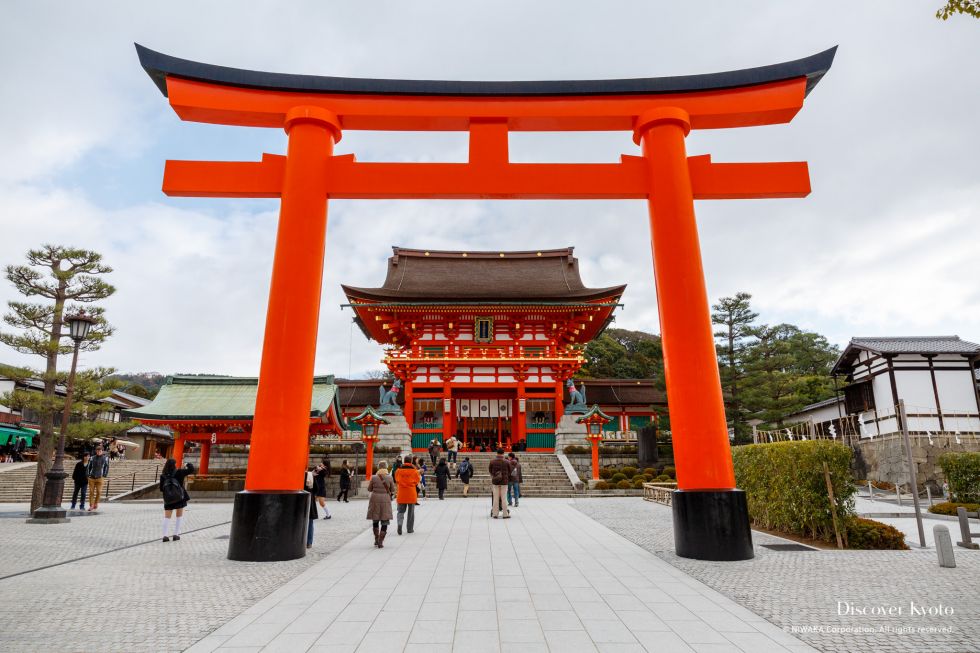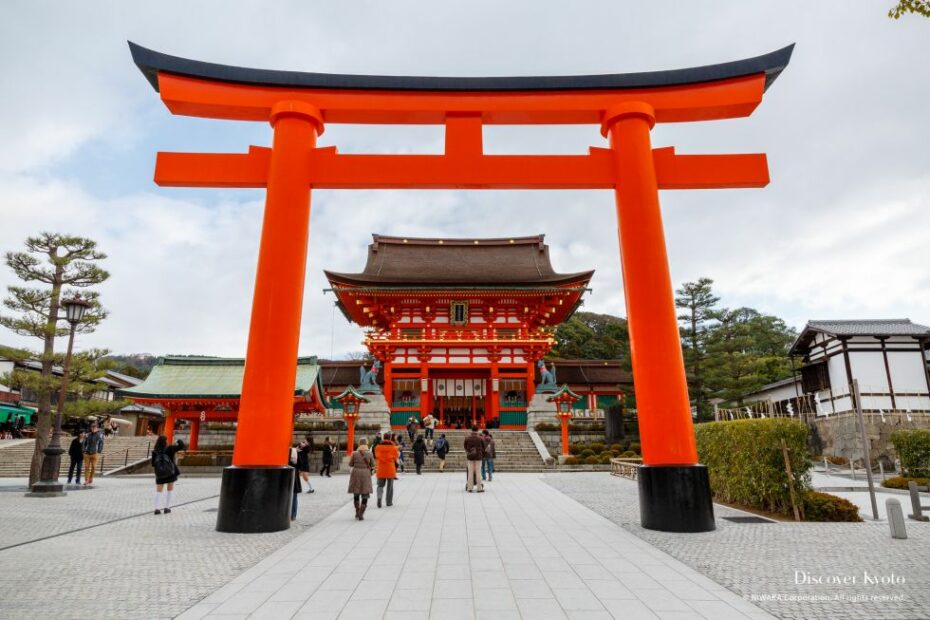Unveiling The Significance: What Does The Red Represent In The Fushimi Inari Shrine
Guide To Fushimi Inari: How To See All The Red Gates
Keywords searched by users: What does the red represent in the Fushimi Inari Shrine fushimi inari torii gates, fushimi inari gates, fushimi inari map, how many torii gates at fushimi inari, fushimi inari shrine entrance fee, fushimi inari shrine history, fushimi inari hike, red gates kyoto
What Is The Red Gate In The Japanese Shrine?
The red torii gates, known as “torii” in Japanese, serve as iconic symbols at the entrances of Shinto shrines, representing a fascinating aspect of Japanese culture. These centuries-old gates, often featured in traditional paintings and modern advertising, captivate observers with their distinctive appearance. Torii gates carry profound significance, marking the division between the tangible realm of the outside world and the sacred, ethereal realm within the shrine. These gates hold cultural and spiritual significance, and exploring their history and cultural context provides valuable insights into Japan’s rich heritage. (Note: I added more context about the torii gates’ cultural and spiritual significance to help readers better understand the topic.)
What Are The Colors Associated With Inari?
The color red is closely linked to Inari due to its extensive usage in Inari shrines and their iconic torii gates. In particular, the most prominent Inari shrine is the Fushimi Inari-taisha, located in Fushimi-ku, Kyoto. This shrine features a remarkable path adorned with approximately a thousand vibrant red torii gates, creating a striking visual symbol of Inari’s association with the color red. This longstanding tradition reflects the deep reverence and significance of red in Inari worship.
Summary 48 What does the red represent in the Fushimi Inari Shrine





Categories: Update 25 What Does The Red Represent In The Fushimi Inari Shrine
See more here: muadacsan3mien.com

Vermilion red is considered an amulet against evil forces, and is used in many ancient palaces, shrines and temples. At Fushimi Inari Taisha, it is described as a color that expresses bountiful harvests that Inari Okami gives us, but vermilion red is used for many other shrines too.The red torii that mark the entrance to Shinto shrines are one of the most evocative images of Japan. Seen in centuries-old paintings or modern advertising posters, they are a distinctive sight. These gates stand at the boundary between the material world outside and the sacred, spiritual world inside.The color red has come to be identified with Inari because of the prevalence of its use among Inari shrines and their torii. The main Inari shrine is the Fushimi Inari-taisha in Fushimi-ku, Kyoto, where the path to the shrine is marked by around a thousand torii.
Learn more about the topic What does the red represent in the Fushimi Inari Shrine.
- FAQ | Fushimi Inari Taisha
- 10 Awe-Inspiring Torii Gates in Japan – Celebrity Cruises
- Inari shrine – Wikipedia
- The ultimate Torii Gate Tour of Japan
- Fushimi Inari-Taisha – HIS USA
- Why torii is colored in red? – fromJapan
See more: https://muadacsan3mien.com/category/space-astronomy
